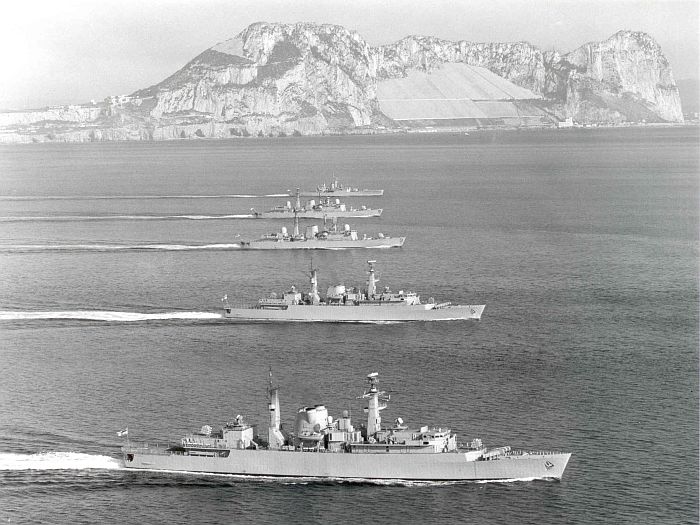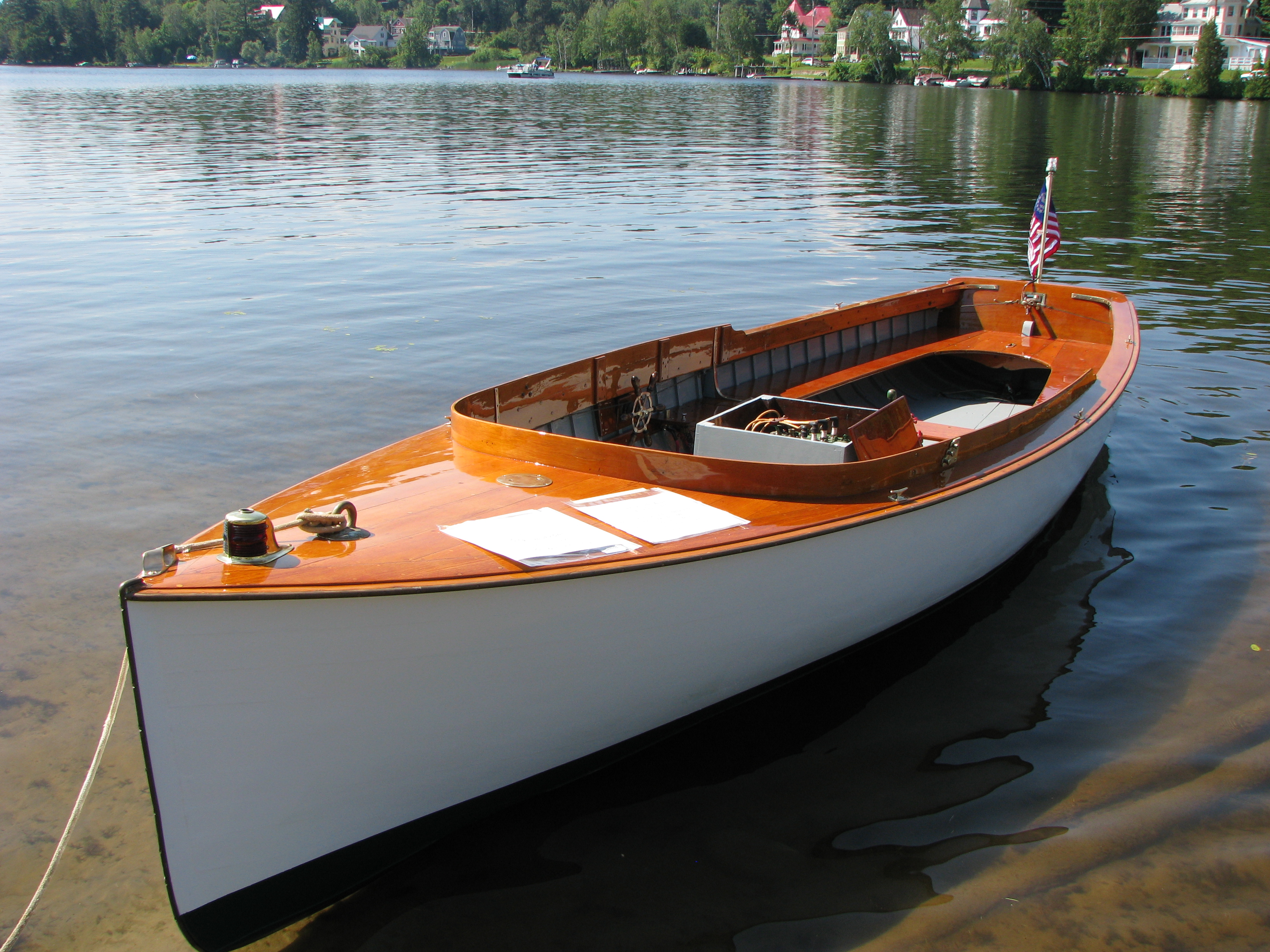|
Tigre, Buenos Aires
Tigre (, ''Tiger'') is a city in the Buenos Aires Province, Argentina, situated in the north of Greater Buenos Aires, north of Buenos Aires city. Tigre lies on the Paraná Delta and is a tourist and weekend destination, reachable by bus and train services, including the scenic Tren de la Costa. It is the main city and administrative centre of the Tigre Partido. History The area's name derives from the "tigers" or jaguars that were hunted there, on occasions, in its early years. The area was first settled by Europeans who came to farm the land. The city sits on an island created by several small streams and rivers and was founded in 1820, after floods had destroyed other settlements in the area, then known as the ''Partido de las Conchas''. The port developed to serve the delta and to bring fruit and wood from the delta and ports upstream on the Paraná river. Tigre is still an important timber processing port. Transportation Road Tigre is connected to the capital by a spur, t ... [...More Info...] [...Related Items...] OR: [Wikipedia] [Google] [Baidu] |
List Of Cities In Argentina
This is a list of city, cities in Argentina. List of Argentine cities Over 150,000 inhabitants 45,000 to 150,000 inhabitants This is a list of the localities of Argentina of 45,000 to 150,000 inhabitants ordered by amount of population according to the data of the 2001 INDEC Census. * San Nicolás de los Arroyos (Buenos Aires) 133,602 * San Rafael, Mendoza, San Rafael (Mendoza) 104,782 * Rafael Castillo, Buenos Aires, Rafael Castillo (Buenos Aires) 103,992 * Trelew (Chubut) 103,305 * Santa Rosa, La Pampa, Santa Rosa (La Pampa) 101,987 * Tandil (Buenos Aires) 101,010 * Villa Mercedes, San Luis, Villa Mercedes (San Luis) 97,000 * Puerto Madryn (Chubut) 93,995 * Morón (Buenos Aires) 92,725 * Virrey del Pino (Buenos Aires) 90,382 * Caseros, Buenos Aires, Caseros (Buenos Aires) 90,313 * San Carlos de Bariloche (Río Negro) 90,000 * Maipú, Mendoza, Maipú (Mendoza) 89,433 * Zárate, Buenos Aires Province, Zárate (Buenos Aires) 86,686 * Burzaco (Buenos Aires) 86,113 ... [...More Info...] [...Related Items...] OR: [Wikipedia] [Google] [Baidu] |
Mitre Line (Buenos Aires)
The Mitre line is an Argentine broad gauge commuter rail service in Buenos Aires Province and is part of the Ferrocarril General Bartolomé Mitre division. The service is currently operated by the state-owned company Operadora Ferroviaria Sociedad del Estado after the Government of Argentina rescinded its contract with Corredores Ferroviarios in March 2015. History Background The first line was built and operated by the Buenos Aires Northern Railway, a British-owned company that ran trains from Central Station (then from Retiro) to Tigre, joining both cities in 1857. The company was then taken over by the Central Argentine Railway in 1888 due to financial problems. In 1891, Victoria station was inaugurated. Trains to Zelaya and Capilla del Señor departed from Victoria for the first time one year later. In 1916, the Retiro- Tigre line was electrified, becoming the first electrified railway system in South America. New British Thomson-Houston (BTH) multiple units were ... [...More Info...] [...Related Items...] OR: [Wikipedia] [Google] [Baidu] |
Tigre, Buenos Aires
Tigre (, ''Tiger'') is a city in the Buenos Aires Province, Argentina, situated in the north of Greater Buenos Aires, north of Buenos Aires city. Tigre lies on the Paraná Delta and is a tourist and weekend destination, reachable by bus and train services, including the scenic Tren de la Costa. It is the main city and administrative centre of the Tigre Partido. History The area's name derives from the "tigers" or jaguars that were hunted there, on occasions, in its early years. The area was first settled by Europeans who came to farm the land. The city sits on an island created by several small streams and rivers and was founded in 1820, after floods had destroyed other settlements in the area, then known as the ''Partido de las Conchas''. The port developed to serve the delta and to bring fruit and wood from the delta and ports upstream on the Paraná river. Tigre is still an important timber processing port. Transportation Road Tigre is connected to the capital by a spur, t ... [...More Info...] [...Related Items...] OR: [Wikipedia] [Google] [Baidu] |
Villa Paranacito
Villa Paranacito is a town in the southeast corner of the province of Entre Ríos, Argentina, head town of the Islas del Ibicuy Department. It is located in the third section of the delta at the heart of the low-lying Ibicuy Islands in the Paraná Delta and is the administrative centre for the dispersed inhabitants of the islands and the delta's timber producers. Many of the town's inhabitants live on outlying islands, and several thousand more live across the whole group of islands. History and tourism The town was officially founded on 25 May 1906 and was settled by European colonists, many from central and eastern Europe. Communication with the rest of the province was originally by boat, principally boats to Campana and San Fernando in Buenos Aires and the occasional steamboat to Gualeguaychú. In 1937 "hopscotch" dirt roads arrived and in 1971 the town was connected to a supply of electricity. Amateur radio is still in use today. Formerly, the third section was popula ... [...More Info...] [...Related Items...] OR: [Wikipedia] [Google] [Baidu] |
Martín García Island
Martín García Island () is the southern half of an island in the Río de la Plata. Martín García is in Uruguayan waters and was disputed between Argentina and Uruguay, but in 1973 they reached an agreement establishing it as Argentine territory to be used solely as a nature reserve. With an area of , it has a permanent population of about 150 people (50 families), and falls within the jurisdiction of Buenos Aires Province. The island is accessible by air through Martín García Island Airport. The northern half of the island is known as Timoteo Domínguez and is Uruguayan territory; it emerged from the river as a sandbank in the 1960s and grew to merge with Martín García Island in the 1980s. The historical island of Martín García was strategically located, and was the site of a fortification built in the 1820s by Argentine forces to deny the Brazilian navy access to the Uruguay River. This fort, named ''Constitución'', succeeded in keeping Brazilian reinforcements a ... [...More Info...] [...Related Items...] OR: [Wikipedia] [Google] [Baidu] |
Mate (drink)
Mate ( ; Spanish: , Portuguese: ) is a traditional South American caffeine-rich infused herbal drink. It is also known as in Portuguese, in Spanish, and ''kaʼay'' in Guarani. It is made by soaking dried yerba mate (''Ilex paraguariensis'') leaves in hot water and is traditionally served with a metal straw () in a container typically made from a calabash gourd (also called the ), from water-resistant hardwoods such as Lapacho or Palo Santo, and also made from a cattle horn () in some areas. A very similar preparation, known as , removes some of the plant material and sometimes comes in tea bags. Today, mate is sold commercially in tea bags and as bottled iced tea. Mate has been originally consumed by the Guaraní and Tupi peoples native to Paraguay, north-east of Argentina and South of Brazil. After European colonization, it was spread across the Southern Cone countries, namely Argentina, Paraguay, Uruguay and Chile, but it is also consumed in the South of Brazil and ... [...More Info...] [...Related Items...] OR: [Wikipedia] [Google] [Baidu] |
Falklands War
The Falklands War () was a ten-week undeclared war between Argentina and the United Kingdom in 1982 over two British Overseas Territories, British dependent territories in the South Atlantic: the Falkland Islands and Falkland Islands Dependencies, its territorial dependency, South Georgia and the South Sandwich Islands. The conflict began on 2 April 1982, when 1982 invasion of the Falkland Islands, Argentina invaded and Occupation of the Falkland Islands, occupied the Falkland Islands, followed by the invasion of South Georgia the next day. On 5 April, the British government dispatched a British naval forces in the Falklands War, naval task force to engage the Argentine Navy and Argentine Air Force, Air Force before making an Amphibious warfare, amphibious assault on the islands. The conflict lasted 74 days and ended with an Argentine Argentinian surrender in the Falklands War, surrender on 14 June, returning the islands to British control. In total, 649&nbs ... [...More Info...] [...Related Items...] OR: [Wikipedia] [Google] [Baidu] |
Belle Époque
The Belle Époque () or La Belle Époque () was a period of French and European history that began after the end of the Franco-Prussian War in 1871 and continued until the outbreak of World War I in 1914. Occurring during the era of the French Third Republic, it was a period characterised by optimism, enlightenment, romanticism, regional peace, economic prosperity, conservatism, nationalism, colonial expansion, and technological, scientific and cultural innovations. In this era of France's cultural and artistic climate (particularly in Paris of that time), the arts markedly flourished, and numerous masterpieces of literature, music, theatre and visual art gained extensive recognition. The Belle Époque was so named in retrospect, when it began to be considered a continental European " Golden Age" in contrast to the horrors of the Napoleonic Wars and World War I. The Belle Époque was a period in which, according to historian R. R. Palmer, " European civilisation a ... [...More Info...] [...Related Items...] OR: [Wikipedia] [Google] [Baidu] |
Teahouses
A teahouse or tearoom (also tea room) is an establishment which primarily serves tea and other light refreshments. A tea room may be a room set aside in a hotel, especially for serving afternoon tea, or may be an establishment that only serves cream tea. Although the function of a tea room may vary according to the circumstance or country, tea houses often serve as centers of social interaction, like coffee houses. Some cultures have a variety of distinct tea-centered establishments of different types, depending on the national tea culture. For example, the British or American tea room serves afternoon tea with a variety of small snacks. East Asia Throughout China and Japan, a teahouse ( Chinese: , or , ; Japanese: ; Standard Nepali: ''chiya ghar'' ()) is traditionally a place which offers tea to its customers. People gather at teahouses to chat, socialize and enjoy tea, and young people often meet at teahouses for dates. The Guangdong (Cantonese) style teahouse ... [...More Info...] [...Related Items...] OR: [Wikipedia] [Google] [Baidu] |
Launch (boat)
Launch is a name given to several different types of boat. The wide range of usage of the name extends from utilitarian craft through to pleasure boats built to a very high standard. In naval use, the launch was introduced as a ship's boat towards the end of the 17th century. On each warship, the launch was usually the largest boat out of those carried aboard. It could be propelled by oar or sail, with this type remaining in service into the 20th century. Steam launches were introduced on a trial basis in 1867, but as steam-powered ship's boats became more common, the majority were steam pinnaces. Other military examples were the various motor launches used in the 20th century, employed for harbour defence, anti-submarine patrols, escorting coastal convoys, minesweeping and recovering aircrew from crashed aircraft. Generally these were decked boats, some of which were capable of fast speeds. A powered boat operated by a regulatory or official organisation may be termed a ... [...More Info...] [...Related Items...] OR: [Wikipedia] [Google] [Baidu] |
Water Taxi
A water taxi or a water bus is a boat used to provide public transport, public or private transport, usually, but not always, in an Urban area, urban environment. Service may be scheduled with multiple stops, operating in a similar manner to a bus, or on demand to many locations, operating in a similar manner to a taxicab, taxi. A boat service shuttling between two points would normally be described as a ferry rather than a water bus or taxi. The term ''water taxi'' is usually confined to a boat operating on demand, and ''water bus'' to a boat operating on a schedule. In North American usage, the terms are roughly synonymous. The earliest water taxi service was recorded as operating around the area that became Manchester, England. Locations Cities and other places operating water buses and/or taxis include: On demand water taxis are also commonly found in marinas, harbours and cottage areas, providing access to boats and waterfront properties that are not dire ... [...More Info...] [...Related Items...] OR: [Wikipedia] [Google] [Baidu] |









